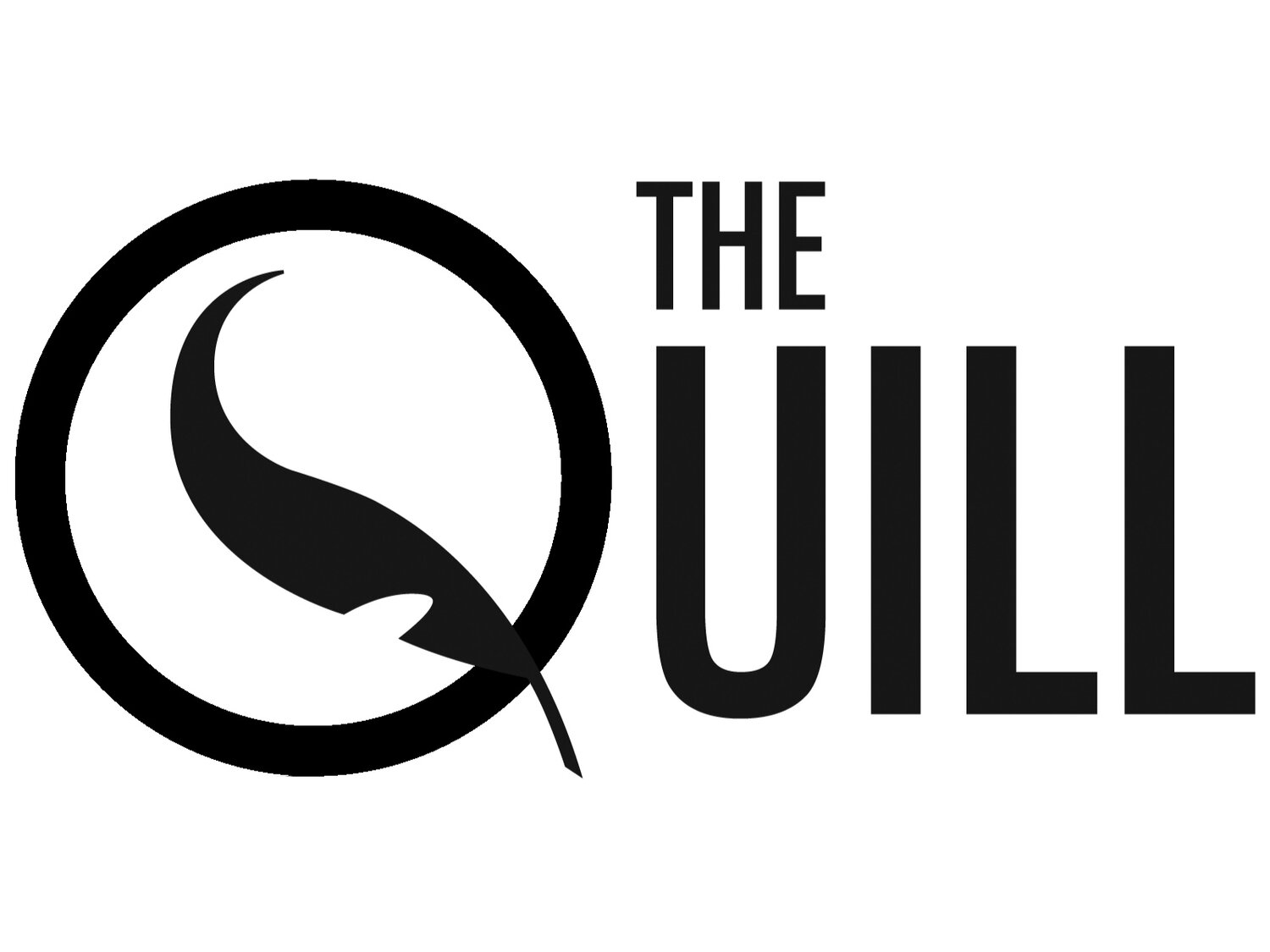Robert Downey Jr. (right) with his suit in Iron Man 3. (The_JIFF / Flickr)
WARNING: SPOILER ALERT!
Marvel’s suave, witty, playboy, genius billionaire philanthropist has hit the big screen again in Iron Man 3. Notably darker and more intense, the film provides social commentary on the influence of publicity and the Western fear of anti-American ideologies and terrorism while painting the seemingly-infallible and utterly-charming Tony Stark in a new and more humbling light.
Featuring an unexpectedly sardonic side of Stark, a performance for which Robert Downey Jr. will undoubtedly and appropriately receive praise, the film’s gradual downhill emotional progression begins with the injury of Stark’s long-time teddy-bear bodyguard and friend Happy Hogan, and continues with the less-than-tender dynamic between Stark and Pepper Potts (Gwyneth Paltrow), and the bombing of Stark’s luxurious estate. Exploiting the public announcement of his demise, and lacking the elaborate gadgets frequently at his disposal, including a fully-functional Iron Man suit, Stark begins searching for America’s next menacing threat, The Mandarin (Ben Kingsley).
The plot follows a traditional damsel-in-distress style, an unoriginal route for a Marvel Studios film, and indeed for an Iron Man film. The antagonist has been described in other reviews as the main drawback, for “never really end[ing] up delivering on the promise the initial setup makes” or “distract[ing] from the emotionally-charged Stark character journey,” but the creative and multi-faceted nature of the villain, which takes the mortality versus machine debate to a whole new level, is refreshing.
While the character shift is shocking, Stark’s anxiety and insomnia resulting from the events that occurred in New York in The Avengers add a sense of realism and humanity to the man behind the mask, creating further solidarity to the dissolving division between man and machine prevalent throughout the film. Stark’s troublingly disheartening downfall permits the rise of characters such as Colonel James Rhodes (Don Cheadle), who showcases his own superhero potential as the star spangled War Machine, and Potts, who ultimately proves almost more heroic than Iron Man himself.
Deviating from preceding films in the franchise which were saturated with witty and uplifting quips, Iron Man 3 satisfies its audience with pyrotechnics, futuristic technology, and combat, while simultaneously distracting from important aspects through the overuse of explosions and a generally over-the-edge storyline. Its final scenes tie up loose ends rather hurriedly without much explanation, though it doesn’t necessarily melt the handle off the door for a sequel: Downey Jr.’s reprisal of his role in anything other than The Avengers 2 (which should prove interesting) would be unwise and, quite frankly, unappreciated.
One of the summer’s most highly anticipated films, it couldn’t meet the expectations set by Marvel’s enormously successful The Avengers. It definitely isn’t the best film in the series, but should satisfy most Iron Man and Avengers die-hards if for no other reason than providing another glimpse into the life of a comic book icon.
If you’re not entirely confident in Marvel’s ability to deliver, check out the trailer for Iron Man 3. If you’re already a committed Iron Man 3 cinema-goer, it is advisable to prolong your visit to the theatre to glimpse the bonus scene following the credits, especially for those most impressed with Mark Ruffalo’s execution of Bruce Banner in The Avengers.
